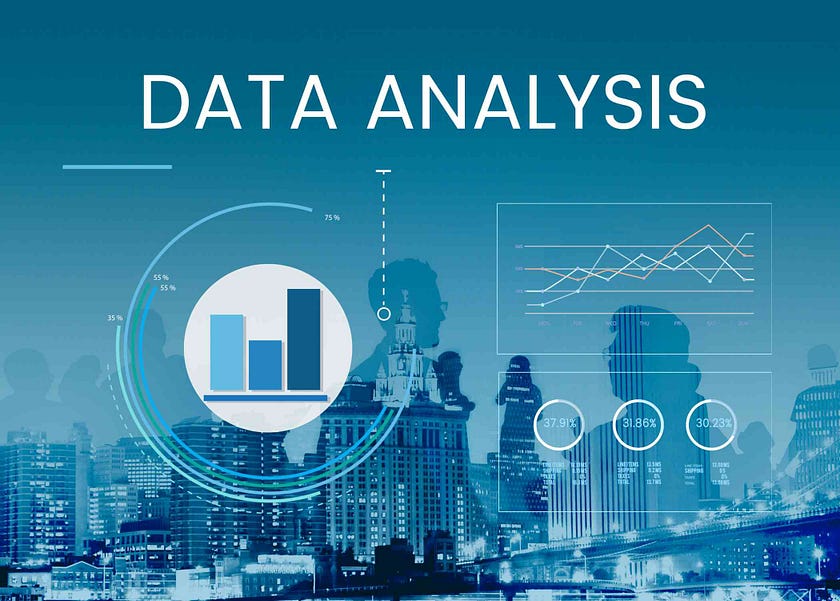Data Analysis Process Explained: Everything You Need to Know

In today’s data-driven world, understanding the data analysis process is crucial for making informed decisions. Whether you’re a business owner, a data scientist, or just someone curious about how data can be transformed into valuable insights, this guide will walk you through the essential steps of the data analysis process.
1. Understanding the Problem
Before diving into the data, it’s crucial to clearly define the problem you’re trying to solve. This involves asking questions like:
- What is the objective of the analysis?
- What decisions will be influenced by this data?
- Who are the stakeholders, and what do they need to know?
Understanding the problem provides a clear direction for your analysis, helping to ensure that you focus on the right data and ask the right questions.
2. Data Collection
Once the problem is defined, the next step is to gather the necessary data. Data can come from a variety of sources, including:
- Internal Databases: Customer records, sales transactions, employee data, etc.
- External Sources: Market research reports, government databases, social media platforms, etc.
- Surveys and Experiments: Custom-designed studies to collect specific data.
Ensuring data quality at this stage is vital. Poor quality data can lead to misleading results and incorrect conclusions.
3. Data Cleaning and Preparation
Raw data is rarely perfect. It often contains errors, missing values, or irrelevant information. The data cleaning process involves:
- Handling Missing Data: Imputing missing values or removing incomplete records.
- Correcting Errors: Fixing inconsistencies and correcting erroneous entries.
- Filtering Data: Removing outliers or irrelevant data points that might skew the analysis.
Data preparation also includes transforming data into the necessary format for analysis, such as normalization, aggregation, or encoding categorical variables.
4. Exploratory Data Analysis (EDA)
Exploratory Data Analysis (EDA) is the process of investigating the dataset to discover patterns, trends, and relationships within the data. This step typically involves:
- Descriptive Statistics: Calculating mean, median, standard deviation, and other basic statistics to get a sense of the data distribution.
- Data Visualization: Using graphs, histograms, scatter plots, and other visual tools to explore the data visually.
- Correlation Analysis: Identifying relationships between different variables to understand how they interact.
EDA helps in identifying any anomalies or unexpected patterns that may require further investigation.
5. Data Modeling
Once you have a good understanding of the data, the next step is to build a model. Data modeling involves applying statistical techniques, machine learning algorithms, or both to the data to make predictions or draw conclusions. The choice of model depends on the nature of the problem:
- Regression Analysis: Predicting continuous outcomes based on one or more predictor variables.
- Classification Models: Categorizing data into predefined classes (e.g., spam vs. non-spam emails).
- Clustering: Grouping similar data points together based on certain characteristics.
Model evaluation is also a critical part of this stage. Techniques like cross-validation and confusion matrices are used to assess the model’s performance.
6. Interpretation of Results
After building and evaluating the model, the next step is to interpret the results. This involves:
- Understanding the Model Output: What do the model’s predictions or classifications mean in the context of the original problem?
- Business Implications: How can the results be used to make informed decisions?
- Communicating Findings: Presenting the analysis results in a clear and concise manner, often through reports, dashboards, or presentations.
Effective communication is key, as stakeholders need to understand the insights to make data-driven decisions.
7. Decision Making and Implementation
The final step in the data analysis process is using the insights gained to make informed decisions and implement strategies. This may involve:
- Developing Action Plans: Based on the analysis, what actions should be taken to achieve the desired outcomes?
- Monitoring and Optimization: Continuously monitoring the outcomes of the decisions and refining the approach as needed.
- Documenting the Process: Recording the analysis process, decisions made, and lessons learned for future reference.
Conclusion
The data analysis process is a structured approach to transforming raw data into actionable insights. By following these steps, you can ensure that your analysis is thorough, accurate, and aligned with your objectives. Whether you’re solving complex business problems or simply exploring data for fun, mastering this process will help you make the most of the information at your disposal.


Comments
Post a Comment